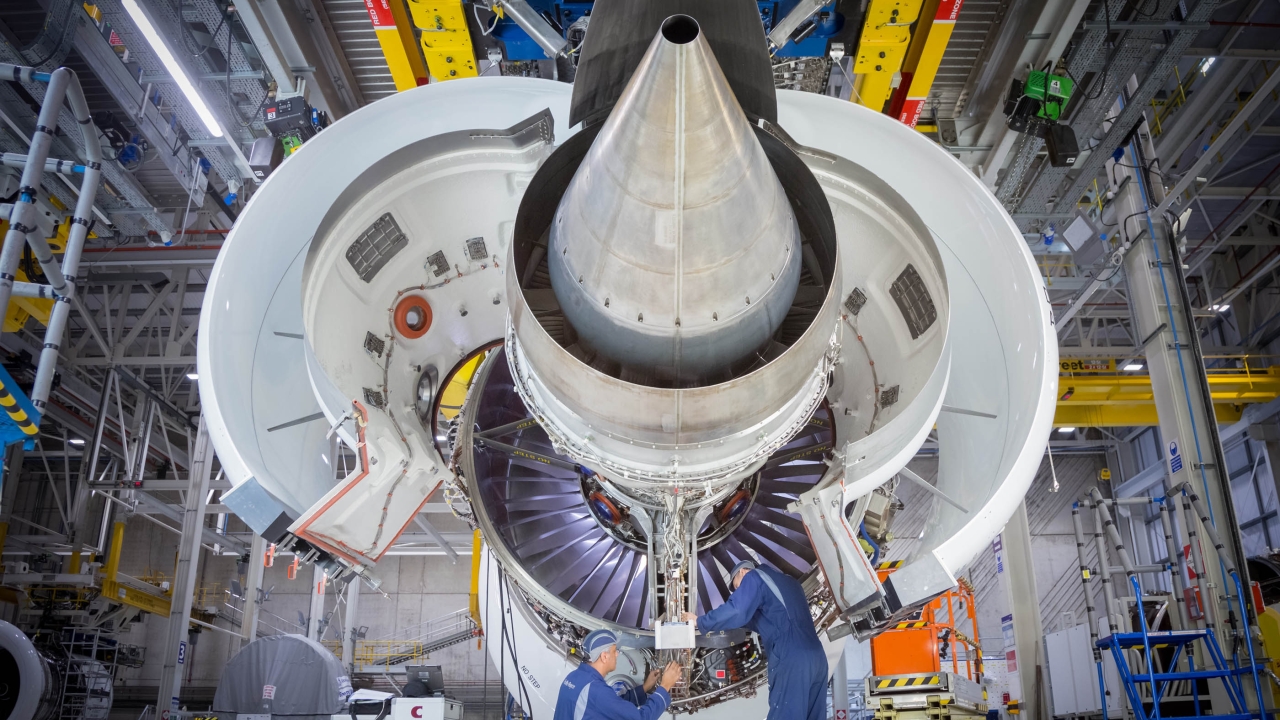Airlines Association: We are not out of the woods yet

Chris Zweigenthal, CEO of AASA. Image: African Aerospace
Zweigenthal said in a statement: “The decision marks the culmination of an intensive effort by industry, led by the Tourism Business Council of South Africa, AASA and partner bodies, to persuade the South African government it could safely resume international air travel without compromising its efforts to contain the COVID-19 pandemic in the country.
Under the relaxed restrictions, tourists from all nations may visit South Africa as long as they present valid COVID-19 test certificates.
AASA welcomes this positive step forward and urges all other SADC countries that have also reopened their borders to harmonise the implementation of the ICAO Council’s Aviation Recovery Task Force’s (CART) guidance for the safe resumption of air travel and tourism. These measures and standards were prepared in conjunction with the World Health Organisation. They are designed to be adopted systematically worldwide in order to eliminate inconsistencies and the need for arbitrary measures such as quarantines and the the discrimination of travellers according to meaningless lists of countries classified by risk.
States that still classify countries into risk profiled lists should scrap them. Tourists will be reluctant to travel with the risk that their country of origin may suddenly be placed on a restrictive or banning list. All that is required is for testing and screening prior to departure and the diligent application of layered biosecurity and basic hygiene measures including wearing masks, sanitising and social distancing.
Crucially, their harmonised implementation will also avert confusion which deter travel and will hamper economic recovery.
More than ever, consistency and certainty are needed to restore confidence in air transport. This crisis of confidence is the biggest challenge facing our industry’s survival and the region’s entire air transport and tourism eco-system, including public and private airlines, airports, air navigation services, ground handlers, safety regulators and allied businesses. Not a single aviation industry stakeholder has been spared. Every organisation relying on revenue for airline operations and passengers is affected, with traumatic social and financial consequences.
Saving the industry – and securing its vital socio-economic contribution - requires close cooperation and ongoing short-term emergency relief by governments.
Emergency relief could be provided to both public and private organizations through cash infusions, government-backed loans and through relief mechanisms such as waivers and reductions on taxes and charges. If State owned enterprises are provided support, some of this should be filtered through into relief on taxes and charges which airlines and passengers have to pay. Governments could also safely prevent prolonging the economic harm and distress by adopting clear and consistent measures for the safe resumption of regional and international travel in all categories.
The crisis calls for direct engagement between industry and government Directors-Generals and Ministers, on an open door and open mind basis. We are pleased that such engagements are now taking place in South Africa. This is essential if we are to address strategic, policy and practical issues that will ensure the ongoing safe restart of airline operations and the region’s economic recovery, without compromising public health and safety.
While governments must assist communities and other enterprises that are also desperate for financial relief, they should not ignore the vital role that aviation, travel and tourism will play in driving Southern Africa’s economic recovery through the jobs they create - directly and indirectly - and the millions of people whose livelihoods are dependent upon it.”
Stay up to date
Subscribe to the free Times Aerospace newsletter and receive the latest content every week. We'll never share your email address.

